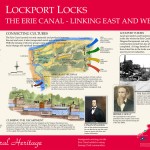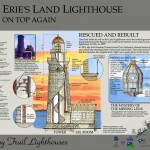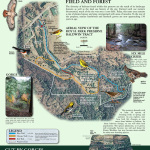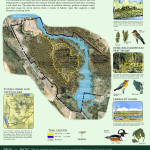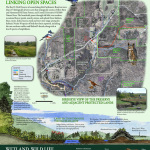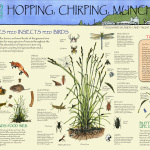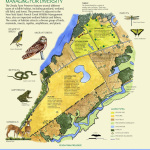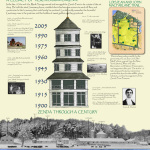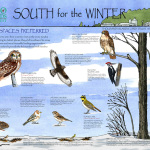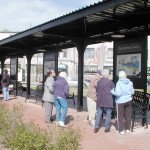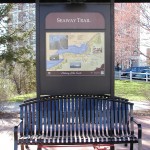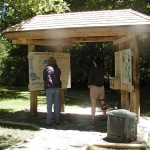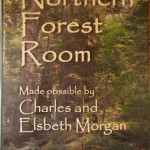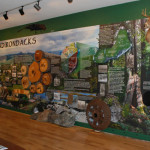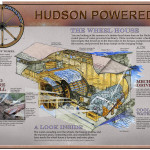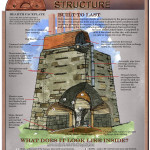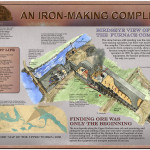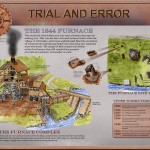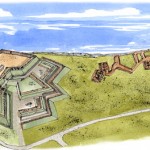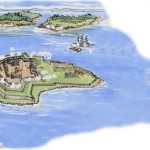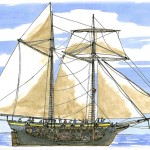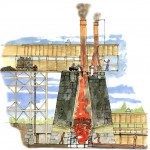Below are a number of examples of Bob’s environmental interpretation work. The examples shown are mostly free-standing, diagonally mounted, high pressure laminate panels around 30″ high x 40″ wide, made for outdoor locations. Please contact Bob if you have any questions.
Click on any image in the following galleries to scroll through larger versions.
- Nature Conservancy Deer Lick Preserve
- Salt Museum
- Varick Canal, Oswego West River Walk
- Weapons of War
- Pultneyville, NY
- Presque Isle, PA
- Lockport Locks
- Fort de la Presentation
- Erie’s Land Lighthouse
- Ontario Mills
Finger Lakes Land Trust www.fllt.org
- Biodiversity Preserve
- Park Preserve
- McIlroy Preserve
- Emerald Necklace
- Park Preserve
- Van Riper/Whitlock Preserve
- West River Preserve
- Onodawa’o
- Grassland Birds
Thousand Islands Land Trust
- Open Field Birds
- Habitat
- Insects
- Zenda Preserve
- Zenda History
- Grasses
Exhibits
The following gallery shows examples of more complex exhibits, both indoor and outdoor, that we have designed and built. These include exterior steel and wood structures, and interior displays made from wood, various finish materials, and acrylic display cases.
We design exterior structures like kiosks, boardwalks, and viewing decks, for access to site resources, and as support for interpretive panels. These structures are frequently built by volunteers, with our assistance and oversight.
- Zahniser Marshall Exhibit
- Oswego Welcome Center, Oswego, NY
- Oswego Welcome Center
- Deer Lick Preserve
SUNY ESF Northern Forest Room – Newcomb, NY
The Northern Forest Room is an indoor exhibit at the Adirondack Interpretive Center on the SUNY College of Environmental Science and Forestry’s Huntington Wildlife Forest field station in Newcomb, NY. The exhibit features the elements that make up the Adirondack landscape and human interaction with them through time, as well as the flora and fauna of the Huntington Wildlife Forest.
- Exhibit Sign
- East Exhibit Wall
- West Exhibit Wall
- East Exhibit Wall Detail
- Fisher Porcupine Detail
Open Space Institute – McIntyre Furnace
The McIntyre Furnace is perhaps the most intact example of a 19th century blast furnace in existence. It was completed in 1854 but operated for only parts of two years. We designed interpretive panels for the site that explain how the furnace was operated, and what it might have looked like in 1855. We also constructed decks and rails to allow safe and dramatic viewing. The decks and walls are built in the locations of original structures associated with the complex, using materials salvaged from an 1850s barn, and assembled with mortise and tenon joints details from the period. For more information, visit: http://www.osiny.org/site/PageServer?pagename=Feature_History_Tahawus
- The Wheelhouse
- Furnace Cross-section
- Birdseye View
- Iron Making Process
- 1844 Furnace
- MacNaughton Cottage
Adirondac Interpretive Plan 7-3-13
Illustrations
The illustrations below were created for interpretive panels presenting various cultural and natural resources. The media are watercolor and pen and ink. These illustrations may be available for purchase, please contact Bob to inquire.
- American Indian
- Fort Niagara, showing the British siege, French & Indian War
- Fort Levis, St. Lawrence River, French & Indian War
- Fort de la Presentation, Erie, PA, French & Indian War
- Fort de la Presentation, Ogdensburg, French & Indian War
- French-built Bateau during the French & Indian War
- Merchant Ship converted to warship, War of 1812
- Waterpowered Blast Cylinders, Hudson River Powered
- McIntyre Blast Furnace Complex c1856
- McIntyre Blast Furnace, Adirondac
- Water Powered Flour Mill







